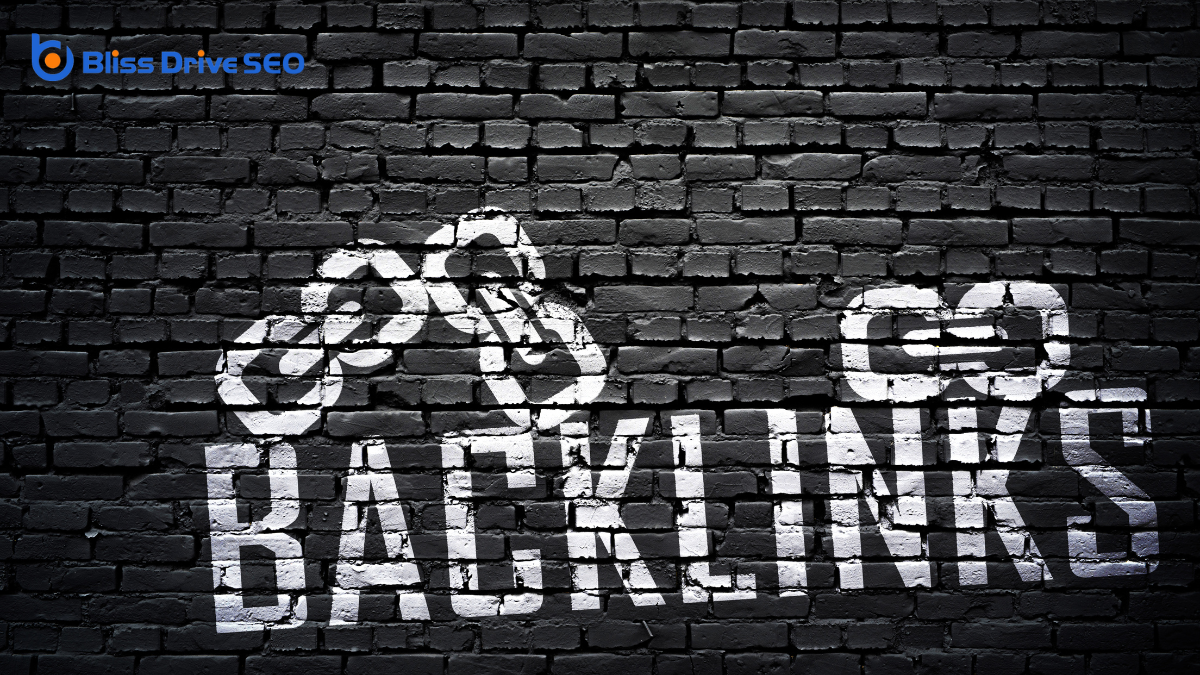Digital Marketing Services
Learn More About Us

To maximize SEO results without spending, start by researching keywordsWords or phrases that users type into search engines to find information. using tools like Google Keyword Planner. Focus on long-tail keywordsLonger, more specific keyword phrases that are less competitive and often more targeted. relevant to your nicheA specific segment of the market targeted by affiliates to promote products or services.. Optimize on-page elements, including title tags and URLs, with primary keywords. Craft quality content that provides value and maintains a conversational tone. Leverage social media by optimizing profiles, sharing engaging content, and using relevant hashtagsWords or phrases preceded by a hash sign (#), used on social media to identify messages on a specifi.... Build backlinksLinks from other websites pointing to your website, crucial for SEO. through guest bloggingWriting and publishing articles on other websites to reach a new audience. and active engagementThe interactions that users have with a brand’s content on social media. in forums. Improve site speed with image optimization and code minification. Guarantee a smooth user experience with intuitive navigation and responsive designA web design approach that makes web pages render well on a variety of devices and window or screen .... By exploring these strategies, you'll enhance your site's SEO performance effortlessly.
To kickstart your SEO strategy without breaking the bank, mastering keyword research techniques is crucial. Start by identifying the core topics pertinent to your niche. Consider the questions or needs your audience has, and list these topics. Utilize tools like Google Keyword Planner or Ubersuggest, which are budget-friendly, to discover specific keywords within these topics. These tools assist you in viewing search volumes and competition levels, making it simpler to select the right keywords.
Next, concentrate on long-tail keywords. These are precise and typically three or more words in length, capturing user intent more accurately. For example, instead of targeting "shoes," choose "comfortable running shoes for women." Long-tail keywords often encounter less competition, providing you with a better opportunity to rank higher in search results.
Don't overlook the analysis of your competitors. Examine the keywords they're ranking for and pinpoint any gaps you can fill. Tools like SEMrush can aid you in uncovering these opportunities.

Focusing on optimizing on-page elements can greatly enhance your website's SEO performance. You don't need to spend money to make impactful changes. Begin with your title tags; they should be unique, relevant, and contain primary keywords. Search engines and users both use these to understand page content.
Next, make sure your meta descriptions are compelling and include keywords. These brief snippets invite users to click through to your site, directly affecting your click-through rate.
Headings also play a crucial role in SEO. Use H1 tags for main titles and H2 or H3 for subheadings to create a hierarchy that search engines can easily follow. This structure not only improves SEO but also enhances user experience by making content skimmable.
Don't forget about URLs. Keep them concise, descriptive, and keyword-rich. This makes it easier for search engines to index your pages, and users can quickly grasp the page's purpose.
Your website's success hinges on the quality of its content. When you create content that resonates with your audience, you're not just meeting SEO criteria; you're building trust and authority. To craft quality content, focus on understanding your audience's needs and addressing them directly.
Start by researching keywords relevant to your niche and weave them naturally into your writing. Avoid keyword stuffingOverloading a page with keywords to manipulate search engine rankings., as it can harm readability and your site's reputation.
Engage your readers by providing valuable insights and actionable advice. Break down complex topics into digestible pieces, and use a conversational tone to maintain interest. Remember, you're writing for people, not just search engines.
Here are some strategies to [GUARANTEE] your content stands out:
To make the most of social media for SEO without spending a dime, start by optimizing your profile descriptions with keywords relevant to your niche.
Share engaging content regularly to keep your audience interested and improve your visibility.
Don't forget to use relevant hashtags to expand your reach and connect with a broader audience.
When it comes to boosting your online presence without spending a dime, optimizing your social media profile descriptions can be a game-changer. These descriptions often serve as the first impressionWhen an ad is displayed on a user’s screen. for potential followers or customers, so it's essential to make them count. By carefully crafting your profile descriptions, you can enhance your visibility and searchability, ultimately driving more traffic to your pages.
Start by ensuring your profile includes relevant keywords. These are the terms people use when searching for services or products like yours. Think about what makes you unique and weave those words naturally into your description.
Next, make sure your descriptions are concise yet informative. You want to communicate who you are and what you offerThe specific product or service being promoted by affiliates. without overwhelming your audience.
To further enhance your profile, consider these tips:
Engaging your audience through compelling content is a powerful way to leverage social media without spending. You can create posts that resonate with your followers by focusing on their interests and needs. Start by understanding your audience's preferences through polls or direct engagement. Once you have insights, tailor your content to address those topics. Share storiesA feature on platforms like Instagram and Facebook where users can post photos and videos that disap..., tips, or insights that spark conversation or provide value.
Visual contentImages, videos, and other visual elements used to engage users and improve conversion rates., like images and videos, often grabs more attention than text alone. Use eye-catching visuals to complement your message, making it more shareable. Don't forget to maintain a consistent brand voiceThe consistent tone and style of communication used by a brand across all channels. and style across all your posts. This consistency helps in building recognition and trust with your audience.
Encourage interaction by asking questions or prompting discussions in your posts. Responding to comments and messages shows you value your audience's input and fosters a sense of community. Sharing user-generated content can also boost engagement, as people love seeing their contributions recognized.
Hashtags are powerful tools that can greatly enhance your social media visibility and engagement. By using relevant hashtags, you can tap into existing conversations and help your content reach a wider audience. They're not just trendy; they're essential for optimizing your social media strategyA plan that outlines the goals, tactics, and metrics for social media marketing efforts. without spending a dime. To make the most of hashtags, you need to be strategic and intentional in your approach.
First, research the hashtags that are popular in your industry. This guarantees that your content connects with people interested in your niche. You want to join conversations that matter to your audience, not just follow trends.
Here are some tips to effectively use hashtags:

Building backlinks naturally is an essential strategy for enhancing your website's SEO without incurring costs. It's all about creating content so valuable and engaging that others feel compelled to link to it. Start by crafting high-quality articles or blog posts that address your audience's needs or solve a problem they're facing. When your content provides genuine value, people naturally want to share it.
Engage with your community by participating in forums or comment sections related to your niche. Offer insightful feedback or answers, and include a link to your content if it's relevant. This approach not only builds backlinks but also boosts your credibility.
Guest blogging is another effective tactic. Reach out to websites in your industry and offer to write guest posts. By doing so, you can include links back to your website, gaining exposure and authority in your field.
Enhancing your website's speed is crucial for maximizing SEO results, as it directly impacts user experience and search engine rankingsThe position at which a website appears in the SERP.. A slow site can frustrate users, leading to higher bounce rates and lower search rankings.
But you don't need to spend money to speed things up. Start by optimizing your images. Compress them without losing quality to reduce load times. You can use free tools like TinyPNG or ImageOptim to complete this task.
Next, take a look at your site's code. Minify CSS, JavaScript, and HTML files to remove unnecessary characters and spaces. This will help your pages load faster. Many online tools can do this for free, like CSS Minifier or JavaScript Minifier.
Finally, leverage browser caching to store static files locally on a visitor's device. This reduces the need to reload resources on subsequent visits, speeding up load times.
A seamless user experience is like a smooth highway — it keeps your visitors moving effortlessly through your site. To enhance this experience, focus on intuitive navigation. Guarantee your menus are clear and concise, allowing users to find information easily.
Organize your content logically; group similar topics together so visitors don't have to hunt for what they need.
Responsive design is vital. Make sure your site looks great and functions well on all devices, from desktops to smartphones. This adaptability not only pleases users but also boosts your SEO, as search engines favor mobile-friendly websites.
Content readabilityThe ease with which users can read and understand content. is another key aspect. Use simple language and break up text with headings, bullet points, and short paragraphs. This structure makes your content more digestible and keeps users engaged.
Don't forget about accessibility. Guarantee your website accommodates all users, including those with disabilities. Use alt textDescriptions added to images to help search engines understand the content of images. for images and make sure your site can be navigated with a keyboard.

To effectively analyze your SEO performance, start by tracking your keyword rankings to see how your target terms are performing.
Next, monitor your organic trafficVisitors who come to a website through unpaid search engine results. to understand the flow and source of visitors to your site.
When it comes to analyzing SEO performance, tracking keyword rankings is vital for understanding your website's visibility in search engine results. By monitoring these rankings, you gain insights into how well your content resonates with search queries and where you stand compared to competitors. It's essential to regularly check your keyword positions to identify trends, discover new opportunities, and adjust your strategy accordingly.
To effectively track keyword rankings, consider using free tools that provide valuable insights without breaking the bank. Here's a concise approach:
Monitoring organic traffic is essential for gauging your SEO strategy's effectiveness. By keeping a close eye on this metric, you can understand how well your website attracts visitors without paid advertising. Start by using free tools like Google AnalyticsThe systematic computational analysis of data or statistics to gain insights and support decision-ma... to track the number of visitors coming from search engines. You'll want to examine trends over time to see if your traffic is increasing, decreasing, or staying the same.
Focus on specific pages that drive the most organic traffic. This helps you identify which content resonates with your audience. If certain pages perform well, consider creating similar content or optimizing underperforming ones to boost their visibility.
Pay attention to metrics like bounce rateThe percentage of visitors who leave a website after viewing only one page. and average session duration. A high bounce rate might indicate that visitors aren't finding what they're looking for, while a low average session duration could mean the content isn't engaging enough. Use this information to make necessary adjustments and improve user experience.
Don't overlook the importance of understanding your audience's geographical location and device usage. This data can help tailor your content to better suit your visitors' needs, ultimately enhancing your SEO performance without spending a dime.
Backlinks are the backbone of your website's authority and play an essential role in SEO performance. To maximize your SEO results without spending, you need to evaluate the quality of your backlinks. Not all backlinks are created equal; some can boost your rankings, while others may harm them. Start by identifying the sources of your backlinks. High-quality backlinks typically come from authoritative and relevant websites, so focus on these.
Here's how to assess backlink quality:
Use tools like Google Search Console or other SEO software to analyze these factors effectively. By focusing on the quality rather than the quantity of backlinks, you can enhance your site's authority without breaking the bank. Remember, it's about building meaningful connections that elevate your brand and SEO performance.
By focusing on these strategies, you'll maximize your SEO results without spending a dime. Immerse yourself in keyword research to target the right audience, and make sure your on-page elements are optimized. Create quality content that engages and informs. Use social media to broaden your reach and build backlinks naturally through genuine connections. Improve site speed and enhance user experience for better engagement. Finally, regularly analyze your SEO performance to refine your tactics and maintain growth.
